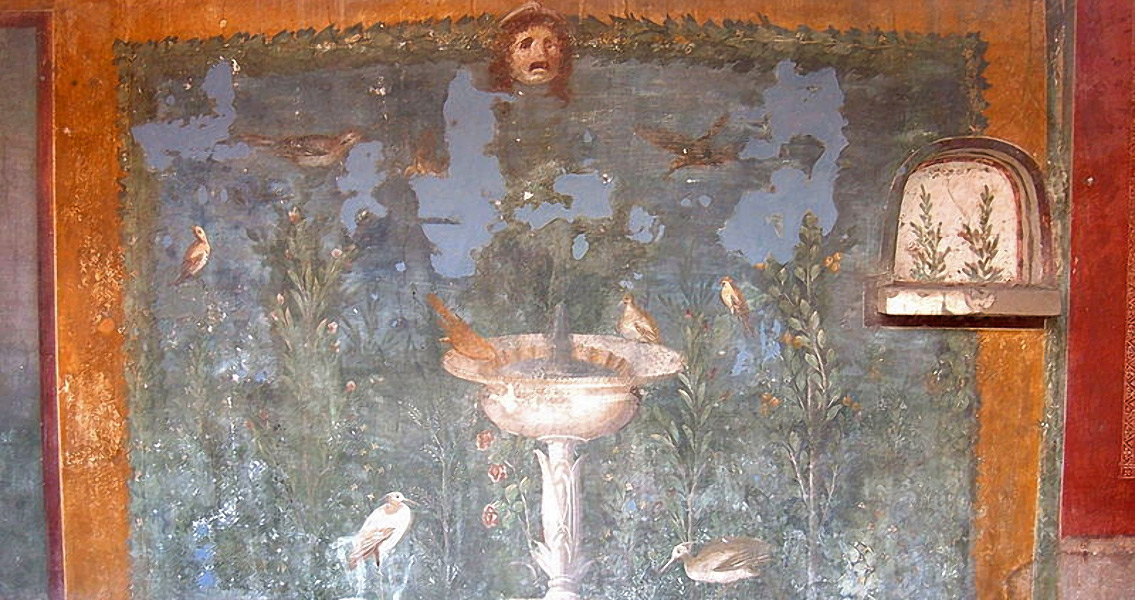<![CDATA[A rare mural dating back to between 20 and 70 BCE and found in Arles, France, has now been made public following its restoration. The artefact, containing eleven images in total including one of a young woman playing the harp, is the first complete mural in the style typical of Pompeii found outside Italy, RFI reports. The bright colours of the mural, Egyptian blue and vermillion, point to Arles being a wealthy place in Roman times. In fact, according to archaeologist Alain Genot, who spoke to Le Monde, the area was a sort of Roman Beverly Hills, inhabited by wealthy merchants and members of the Roman military elite. This continued until 260 CE, when the area was destroyed by a fire. So far, only mural fragments from that period have been found in France. Even in Italy, there are less than a half a dozen archaeological sites with such complete murals preserved, Le Monde reports. The young woman’s image is the first more or less completely restored part of the mural, which impresses with the skill that went into the modelling of the body and the bright colours. It was most likely the work of a skilled artist from Italy or Spain, according to Julien Boisleve, an expert in Roman art from the National Institute for Preventive Archaeological Research. Speaking to Le Monde, Boisleve compared the quality of the mural to frescoes from the Villa Boscoreale in Naples and the Villa of the Mysteries in Pompeii. The place where the mural was found has been the site of archaeological excavations since 1983, yielding some beautiful mosaics from the first and second centuries CE. In 2012, however, the local authorities started a project to backfill the site, in the belief that nothing more could be recovered from it. Yet probes revealed that there were traces of “older occupation” at the site and new excavation works were undertaken, revealing the villa in which the mural was found. Researchers have collected a total of 1,200 cases full of fragments that have yet to be fitted together to restore the whole artefact, Le Mond relates. In addition, a third excavation campaign has been scheduled for next year, and it will be the final one for the villa. The fragments are currently being stored in the Museum of Ancient Arles, where they will be examined in the coming months. For now, the team has suggested that the mural may contain depictions of the gods Pan and Bacchus, although the archaeologist in charge, Marie-Pierre Roth, admits gaps will remain even after the fitting work is completed, which will happen no sooner than eight to ten years from now. When the mural is completed, it will hopefully rival the murals unearthed in the Villa of the Mysteries, a site in Pompeii which the Vesuvius eruption in 79 CE preserved exceptionally well. The frescoes on the villa’s ceilings and walls have survived almost undamaged to this day, and are one of the finest examples of Roman art from that period. Image courtesy of Wikimedia Commons user: Kleuske ]]>
Rare Roman Mural Found in Arles
